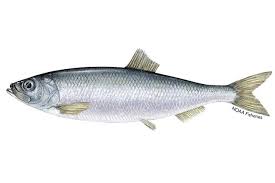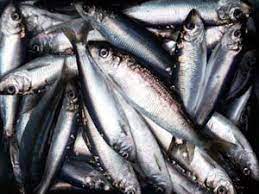I took a friend out to watch bubble-net feeding humpback whales and told him to look in a specific direction as I could see some troubled water.
My friend, a lifelong fisherman, having worked in commercial fishing and charter fishing throughout the Pacific Northwest and Alaska, said that the disturbance was herring farts. Thinking of his statement as nothing more than a sophomoric comment, I wasn’t amused. However, he explained Herring do in fact, pass gas to communicate to the shoal at night. Being a skeptic, I thought he must have been pulling my finger and expressed my doubt. The great and powerful google machine came to the rescue, and sure as gas, he produced a Wikipedia excerpt describing the Herrings bodily function.
After wholeheartedly agreeing with my partner that farting herring would make a great blog post, I researched this gassy surprise.

In fact, farting herring shoals caused political turmoil between Sweden and Russia. In 1981 a whisky class Russian submarine ran aground on some rocks in Swedish waters, called by some whisky on the rocks. This prompted the Swedish navy to monitor its territorial waters more intently using hydrophones. In 1982 they started noticing two acoustic markers thought to be produced by submarines. It, in fact, prompted Swedish Prime Minister Bildt to write Russian President Boris Yeltsin in 1992 a letter of protest. He demanded Russian subs immediately cease and desist from illegally entering Swedish waters. Even though Sweden believed Russian subs were infiltrating their waters, no submarines were spotted for fifteen years. In 1997 the Swedish government invited some researchers to help them uncover the source of these auditory markers. They quickly found one of the sounds thought by the military to be cavitation noises from the subs props turned out to be caused by swimming mink going from island to island. They further found the second noise to be emitted from gases emitted from Herring.
In 2003 Ben Wilson and Lawrence Dill of the Simon Fraser University in British Columbia and Robert Batty of the Scottish Association for Marine Science collaborated on a Royal Society paper discussing Pacific and Atlantic herring sounds. They opted to call the sounds Fast Repetitive Ticks (FRT) or farts. The raspberries result from gas held in the swim bladder; an organ that controls fish buoyancy is passed through their anus. This research was strong enough to earn a Nobel Prize.
It is well documented that Humpback whales’ main form of communication is sound. Some researchers now speculate that these vaporous vibrations are associated with a meal by the whales and other herring predators.

During the 2019 Sitka Whale-fest Symposium, professor Hans Thewissen of the Northeastern Ohio University College of Medicine presented his findings showing the bowhead whale (a baleen whale) capable of smelling. After his presentation, I met with Dr. Thewissen, asking if he knew of other whales, specifically humpback whales that could smell. He said he was unaware of similar research with the Humpback whales. Still, he felt that it was highly likely they could also smell since both species are similar anatomically. During the presentation, he hypothesized how whales use their sense of smell to detect and locate prey. Since whales are mammals, they require air to breathe and must hold their breath when underwater. When baleen whales’ surface for oxygen through their blowholes, the air is inhaled directly past the Olfactory Lobe, the organ responsible for the sense of smell. Another mammalian attribute is the presence of hair. On humpback whales, the hair is found in the protrusions located on their rostrum called Tubercules. These are about the size of a baseball. Inside each tubercle is a bunch of nerve cells connected to the hair. The hair sticks out a couple of inches from the middle of the bump like a flag. The Dr. went on to hypothesize their extremely sensitive facial whiskers act like a weathervane indicating the wind’s direction. Also, the direction from which the smell of the prey being carried by the wind is coming. So when the whale smells the food coming from its left, it would know to turn to the right. Whether or not these mammals rely on smell to locate food is unknown. However, it may make sense for them to rely on smell since they cannot echolocate prey.

Until sufficient research can provide a conclusive answer to these hypotheses, we will have to rely on educated guesses and the limited
evidence at our disposal. Whales are one of the best-kept secrets in the scientific world. And the secret is this: scientists don’t really have a clue about a lot of things having to do with whales.
My hypothesis; whales are being helped locate Herring by following their fart trails.